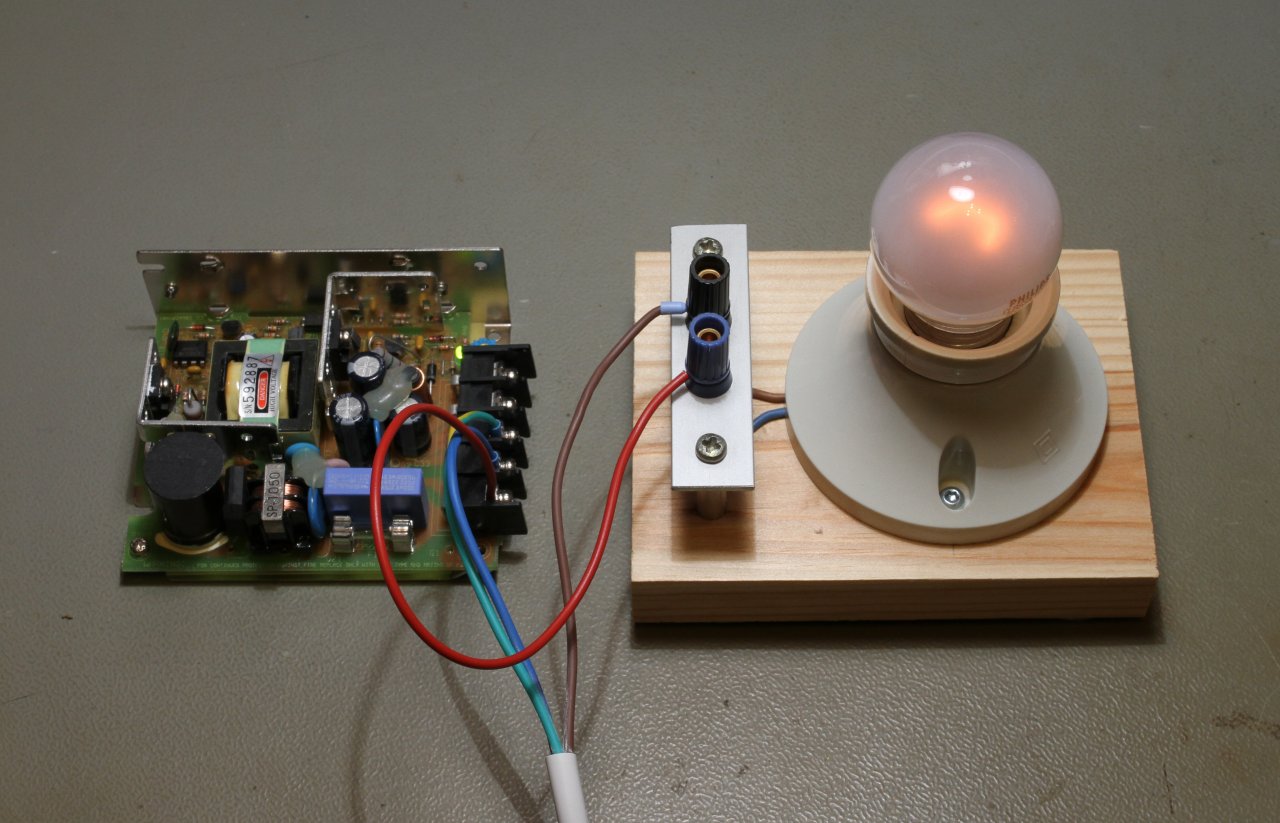Sir Prohor. . . . . . .
Once your guys have zeroed in on the wires that go to specific windings by ohmming tests, I feel that the AC line input that I mentioned will fall into place. Just confirm my assumption of there being a higher/lower line voltage option.
HECK . . . . there ? might ? even be a 220VAC or 120VAC option on that winding.
The next safe manner of testing will be to use an incandescent lamp in series with your AC Line input voltage.
Higher wattages of different lamps screwed in will let progressively more power pass through, but initially use a 40-60 watt unit.
THEN any grossly excessive power consumption will be transitioned into making a BRIGHT, light while the tested / load circuitry is then being power starved and thereby . . . . . protecting it.
That series lamp will still let your transformer core activate to a high enough level of saturation to produce voltages on the then unloaded secondary windings.
You then AC meter them, with most initial interest on the battery charge supply winding, and then the separate solid state drive input set of windings, which will probably fall in around the 12VAC range.
A Power Limiting Test Lamp . . . .for safer initial power ups . . . . it's got your back (and wallet) . . . . babe
73's de Edd

